A Profile of Shandong
Shandong Province was called Qilu, or Lu for short in ancient times. It is situated on China’s east coast and the lower reaches of the Yellow River. It has jurisdiction over 17 prefecture-level cities, namely, Jinan, Qingdao, Zibo, Zaozhuang, Dongying, Yantai, Weifang, Jining, Taian, Weihai, Rizhao, Laiwu, Linyi, Dezhou, Liaocheng, Binzhou and Heze, and a total of 137 counties (including county-level cities and districts). The provincial capital is Jinan. The province has a resident population of 100 million.

Landscape
Shandong has been a livable place since the ancient times, with the wide ocean on the east, vast plains on the west, nourishing lakes on the south, the mighty Yellow River on the north, and the magnificent Mount Tai and beautiful springs in the middle. Mount Tai, 1532.7 meters above sea level, is the highest point located in the center of Shandong. Since ancient times, it has been the spiritual symbol of the Chinese nation and a symbol of national peace and prosperity. The Yellow River, the mother river of China, flows 628 kilometers in Shandong Province into the Bohai Sea.

The Beijing-Hangzhou Grand Canal is 1782 kilometers long, running 643 kilometers through the Luxi Plain in Shandong. It was known for the bustling of numerous vessels and merchants in history. The four lakes, Weishan Lake, Zhaoyang Lake, Dushan Lake and Nanyang lake in southern Shandong has a combined area of 1266 km²,constituting the biggest group of freshwater lakes in northern China. The Shandong Peninsular faces the sea on three sides. It faces the Korean Peninsula and islands of Japan across the sea on the east and the Liaodong Peninsula on the north. It has a coastline of over 3300 km, more than 1/6 of the country’s total. It has an offshore sea area as big as its land area. There are over 200 bays of various sizes, among which 49 are bigger than 1 km², making Shandong one of the provinces that have the greatest density of bays. Shandong therefore has excellent natural conditions for port construction.
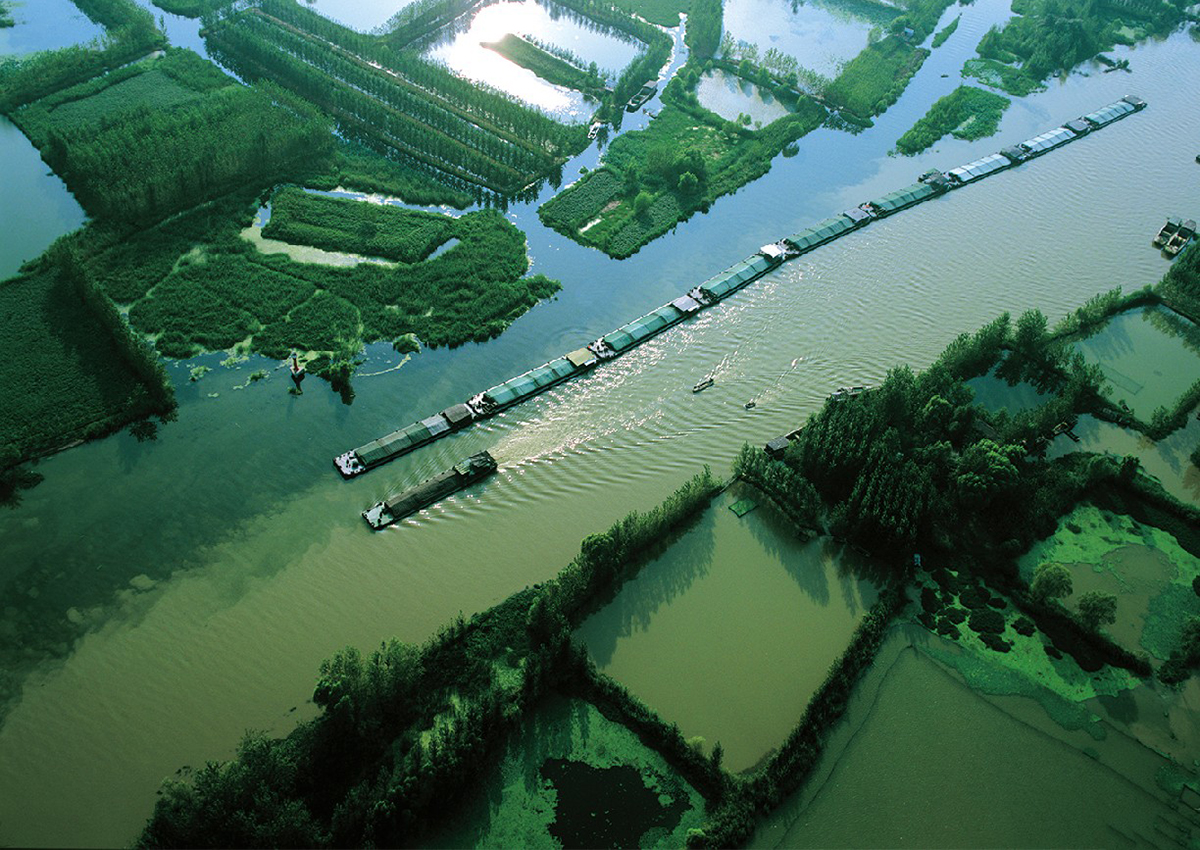
History
Shandong has a long history. The Yiyuan People, the earliest dwellers found in Shandong can trace the history of Shandong back to 400,000 to 500,000 years ago. Somewhere between 8500 to 4000 years ago during the Neolithic Age, Houli Culture, Beixin Culture, Dawenkou Culture, Longshan Culture and Yueshi Culture emerged successively in Shandong.
Shandong boasts rich cultural heritage. There are four world cultural heritage sites -Mount Tai, the Family Mansion, Temple and Mausoleum of Confucius, the Qi Great Wall and the Grand Canal. There are 492 museums of various kinds, 196 historical and cultural sites under state protection and 1711 under provincial protection. There are over 50,000 immovable cultural relics of various types and over 5.58 million movable cultural relics, ranking among the top in China.
Shandong has 8 projects on the Rrepresentative List of the Intangible Cultural Heritage of Humanity of UNESCO, 173 projects on the national list and 751 on the provincial list. The love legends of Liang Shanbo and Zhu Yingtai, Meng Jiangnv Crying down the Great Wall, and Dong Yong and the Seventh Fairy that are still widely told in China today are all listed as intangible cultural heritage.
Culture
Shandong is an important birthplace of the Chinese civilization. During the Spring and Autumn and Warring States periods, a large number of outstanding thinkers, statesmen, litterateurs and inventors were born here or gathered here, gradually creating an extensive and profound Qilu Culture.
Confucianism established by great Chinese thinker and educator Confucius as well as the Confucian thoughts raised from it have a profound influence on the Chinese civilization and constitute an important part of the traditional Chinese culture. Confucius, Mencius, Mo Tzu, Guanzi, Sun Tzu, Bian Que, Zhuge Liang, Lu Ban, Jia Sixie, Liu Xie, Wang Xizhi, Li Qingzhao, Kong Shangren, Pu Songling -the wisdom and diverse accomplishments of these ancient masters in thinking, philosophy, politics, military affairs, literature, art, science and technology and medicine are precious assets in the treasure trove of the Chinese culture.
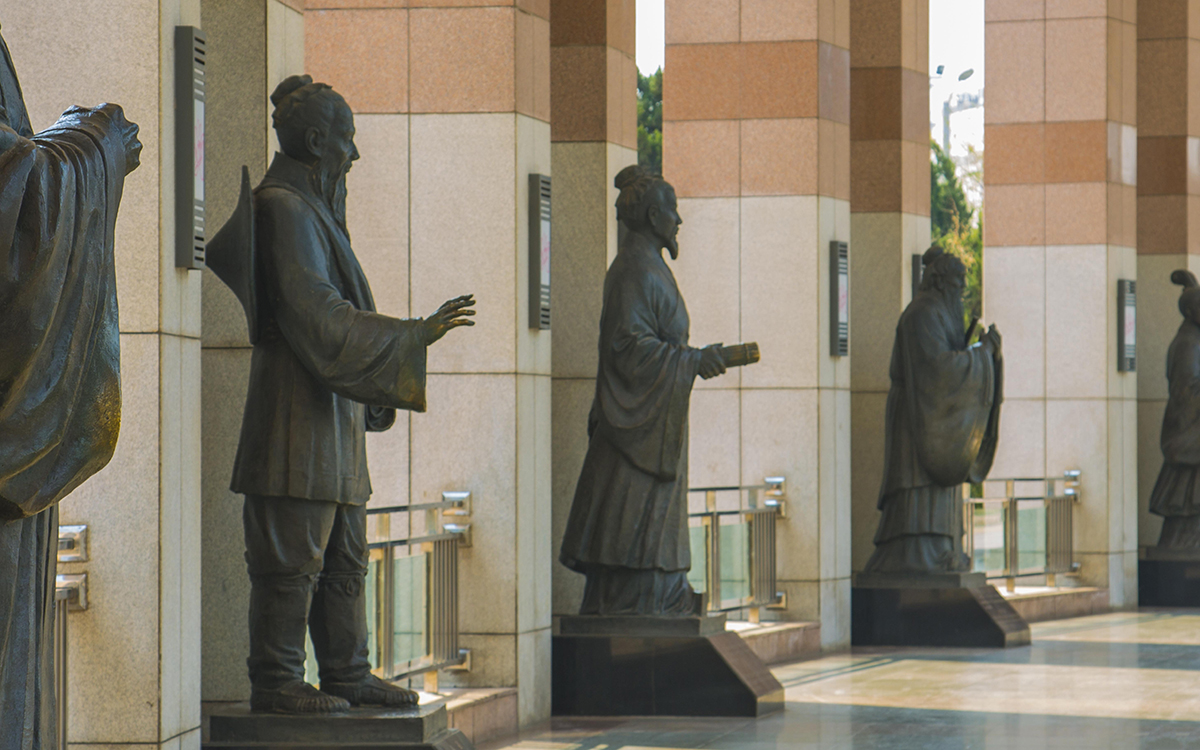
Since modern times, the people of Shandong have actively devoted themselves to the national democratic revolution, forming a valuable red cultural resource. After the baptism of the revolutionary war, the spirit of Yimeng was formed, which has become an important part of the national spirit.

In recent years, Shandong actively promotes the excellent traditional culture and encourage cultural innovation, which has led to robust development and prosperity of the cultural undertakings and industries. Public cultural services at the grass-roots level keep improving. A five-tier public cultural system that consists of libraries, art galleries and museums at the provincial and municipal level, libraries and cultural centers at the county level, comprehensive cultural stations at the township level and cultural activity rooms or courtyards at the village and community level has been established.
Economy
Shandong is a big agricultural province. It is deemed as the barometer of agricultural production of China. Agricultural value added and the output of vegetables, fruits, meats and aqua products all rank first in China. Shandong has an advanced marine economy. There are over 240 ocean farms of various types with a total area of over 19,000 hectares. Its marine economy accounts for 1/5 of China’s total.
Shandong is a major producer of oil, coal and non-ferrous metals. It ranks 1st in terms of gold reserve and output in China and is rich in sea salt resources and coastal lake birds.
Shandong is a large economic province which is undergoing strategic transformation from a big economy to a strong economy. In 2017, the GDP of Shandong reached 7.27 trillion yuan, or 1.08 trillion US dollars. The value added of industries above designated size increased by 6.9 %. General public budget revenue topped 600 billion yuan. Shandong has a well-established industrial system with strong competitiveness in engineering machinery, transportation equipment, textiles and garments, home appliances, information technology, marine economy, etc.
Manufacturing contributes greatly to the economic growth of Shandong. There are a number of world-renowned brands including Haier, Hisense, Inspur, Weichai Power, Tsingtao Beer and Changyu. Shandong’s economy is full of vitality as it goes through the transformation of growth drivers.
Opening up
Shandong was an important source of goods for ancient China’s foreign trade. As a major gateway for the ancient Northern China to the world, it was also the converging point of the land and maritime Silk Road and thus had an important role in the inception and development of the Silk Road.
As a bridgehead on the New Eurasian Continental Land Bridge which almost overlays the ancient Silk Road, Shandong is connected to the dynamic Asia-Pacific Region on the east through the Silk Road Economic Belt, to the resource-rich Central Asia in the middle, and advanced economies in Europe on the west. It is highly economically complementary with 40 countries and regions along the way and has huge potential for win-win cooperation. Shandong has economic and trade links with over 220 countries and regions in the world, and has established sister-city and friendly-cooperative relationships with 437 foreign counterparts.
The highly-developed transportation network has helped Shandong expand its circle of friends. Shandong has 7 ports. The throughput of three of them, namely Qingdao Port, Rizhao Port and Yantai Port, each exceeds 300 million tons. Lengths of high-speed railway and expressways reach 1240 km and 5821 km respectively. Railway service reaches Central Asia and Eastern Europe. There are 4 international airports in Jinan, Qingdao, Yantai and Weihai with 25 direct international flight routes in total.
Innovation
Shandong has been leading China in the development of science and technology in the marine sector, agriculture and light industry. In 2017, R&D expenditure accounted for 2.4% of GDP; the output of high-tech industry above designated size reached 5.2 trillion yuan. There are 15 national level economic and technological development zones.
Shandong is making active effort to promote the development of Shandong through technology, education and recruitment of talent. Now there are 147 special education schools, 156 higher-education institutions and 33 postgraduate training institutions. Shandong has half of the country’s marine research abilities; Qingdao in particular, is home to 20% of the marine research institutes, 30% of marine academicians, 33% of high-end marine R&D platforms of China.
At present, Shandong is accelerating the transformation of economic development model like a reborn phoenix by replacing backward industries and old growth drivers with new ones. Adhering to a global vision, international standards, and its advantages, Shandong is actively creating a national comprehensive pilot zone for the transformation of old and new growth drivers through the development of new technologies, new industries, new forms of business, new models, so that it could achieve the growth of smart industries, intelligent industrialization, cross-discipline integration, high-end brands, and cultivate new growth drivers, transform and upgrade the old ones, promote economic transformation and the upgrading of its quality and efficiency. Efforts will be made to take the lead in the process of building a moderately prosperous society in all respects, in the new journey of socialist modernization, and to open up a new horizon in the construction of a modern province in the new era.
Qingdao is an important coastal central city, a seaside tourist destination, an international port city, a national historic and cultural city, and a famous health resort.
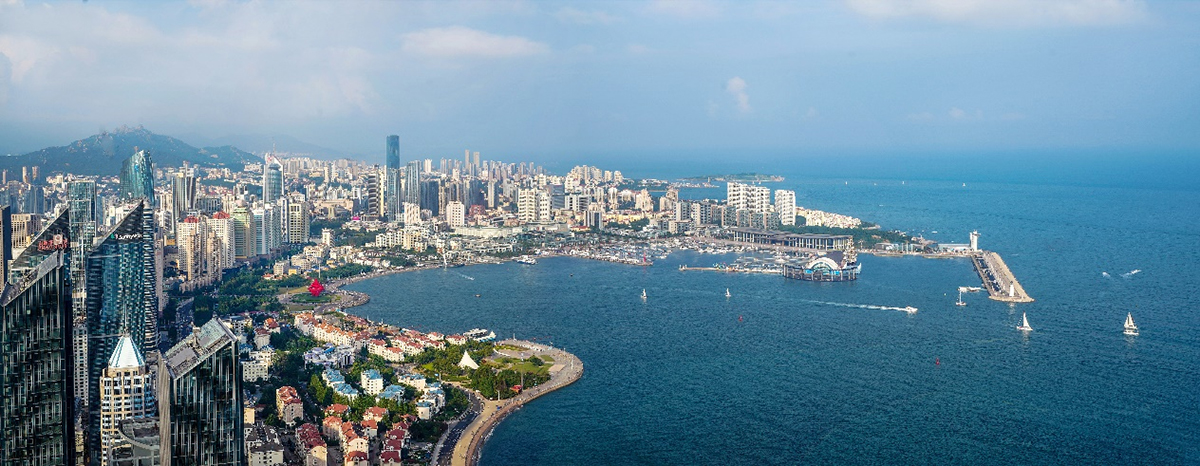
Qingdao is located on the west coast of the Pacific by the Yellow Sea and at the southern end of the Shandong Peninsula. It covers a land area of 11,282 km² and a sea area of 12,240 km². Qingdao is a municipality with independent planning authority and a sub-provincial city. It has a population of 10.3 million and the GDP in 2018 exceeded 1.2 trillion yuan.
Qingdao is a beautiful and livable coastal city where it is never freezing cold in winter nor scorching hot in summer. With the mountains, the sea, the bays and the city beautifully coexist and the famous views of red roofs among green trees and the blue sea meeting the azure sky, Qingdao boasts wonderful natural environment and excellent conditions for the development of the health industry. It is rated as one of the most livable cities by the UN. In 2018, it ranks the first in the Top 10 Most Livable Cities in China.
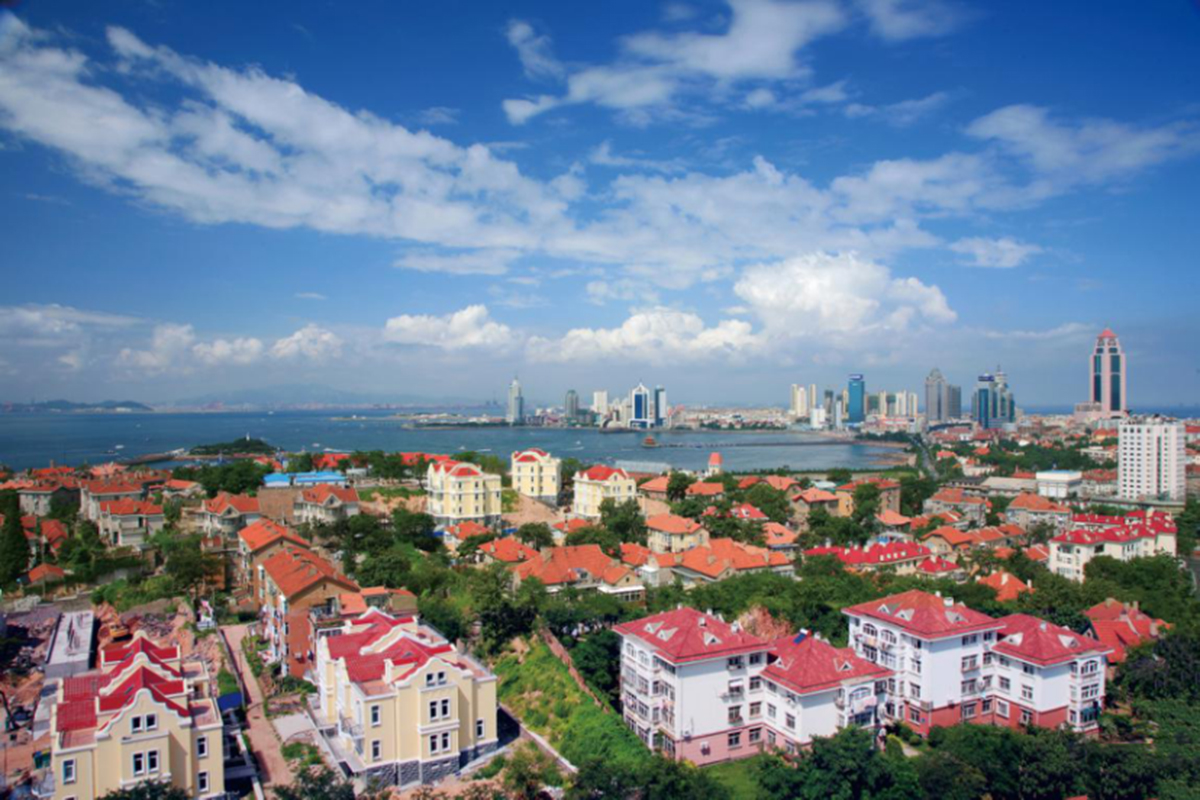
Qingdao is a city for entrepreneurship. It is home to a large number of brand enterprises such as Haier, Hisense, Tsingtao Beer, CRRC Sifang, etc. It has been selected as a gold model city for investment environment by the World Bank. Qingdao has over 60 academicians of the Chinese Academy of Sciences, 25 higher-education institutions and 380,000 students on campus. Qingdao is also home to 20% of the marine research institutes, 30% of marine academicians and 33% of high-end marine R&D platforms of China. The world-renowned Tsingtao Beer accounts for more than 80% of China’s beer export. Qingdao also produces about 50% of the high-speed trains of China.

Qingdao is an open and modern international city. It has been selected by Forbes as a Top 10 Business City in Chinese mainland. It has economic and trade relations with over 130 countries and regions and has 69 sister cities across the world. It has 76 international economic partner cities and has set up seven overseas Qingdao Business Centers. 144 of the foreign Fortune 500 companies have made investment in Qingdao. The world’s 7th largest port, Qingdao Port, maintains navigation with 177 ports in the world. The annual passenger throughput of Qingdao Airport has exceeded 24 million, and the newly built Class 4F Qingdao Jiaodong International Airport will soon be put into operation. Qingdao receives over 100 million visitors from home and abroad each year.

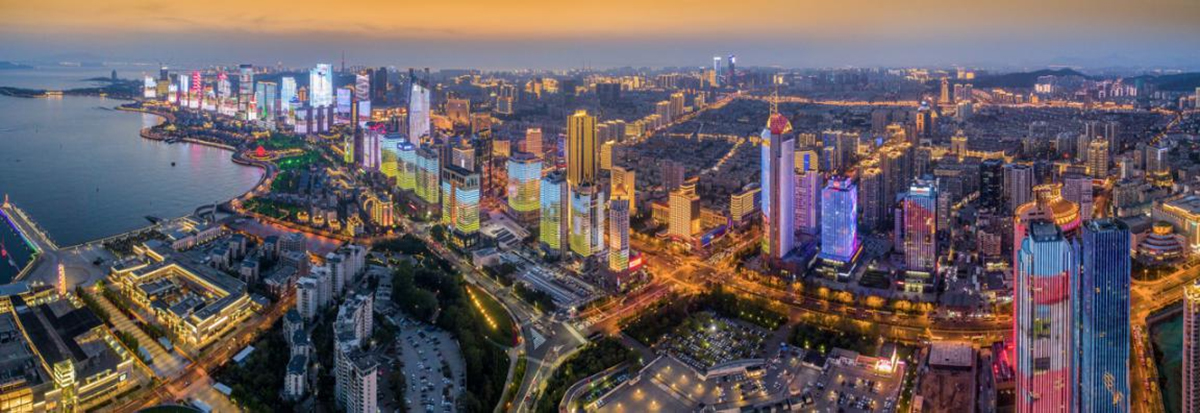
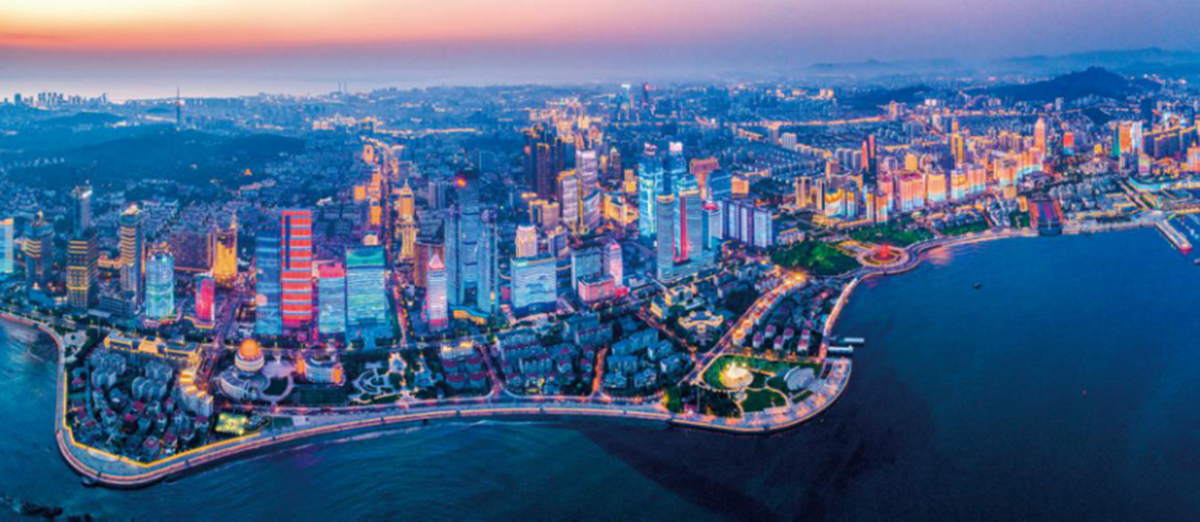
The venue of the first GHF is located in Qingdao West Coast New Area, which is the 9th national level new area approved by the State Council. Its economic aggregate ranks No. 3 after Shanghai Pudong New Area and Tianjin Binhai New Area. With beautiful natural surroundings and promising business prospect, first-class convention and hotel facilities, plus Qingdao’s successful experience of hosting the SCO Summit, it is sure to leave a good impression on attendees.
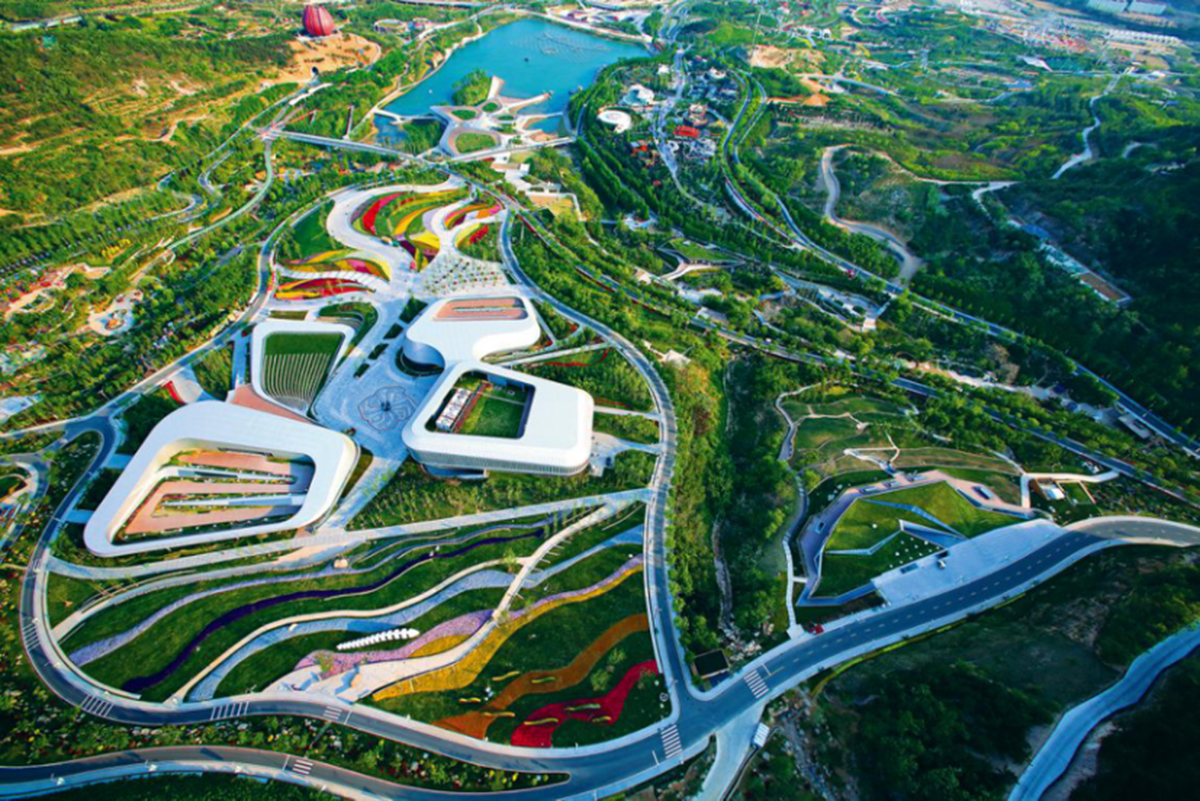
Qingdao has a relatively high level of aging with senior citizens over 60 years old reaching 1.77 million, accounting for 22% of the city’s total population. Increasing daily care needs and healthcare needs of the senior citizens lead to robust consumption demand for medical and elderly care. Qingdao has a solid foundation of the medical and elderly care industry with a large number of hospitals, healthcare, elderly care institutions and medical workers. It has cooperation with five world famous medical centers in countries including the US and Japan, and has cooperation in personnel exchange and training, clinic and academic research, etc. with over 90 high quality institutions at home and abroad. At present, with the goal to build a regional medical center and international health city, Qingdao is actively promoting the opening up of the health industry and improving the business environment to create an industrial ecosystem for win-win cooperation. In this context, Qingdao is eager to strengthen comprehensive exchanges and cooperation with industrial leaders, famous entrepreneurs and experts, so as to bring in more companies in the health sector and make the municipal health industry worth hundreds of billions.

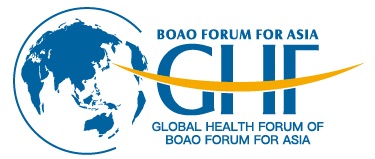

 About Shandong and Qingdao
About Shandong and Qingdao
 Partner application
Partner application Download
Download Hot News
Hot News









